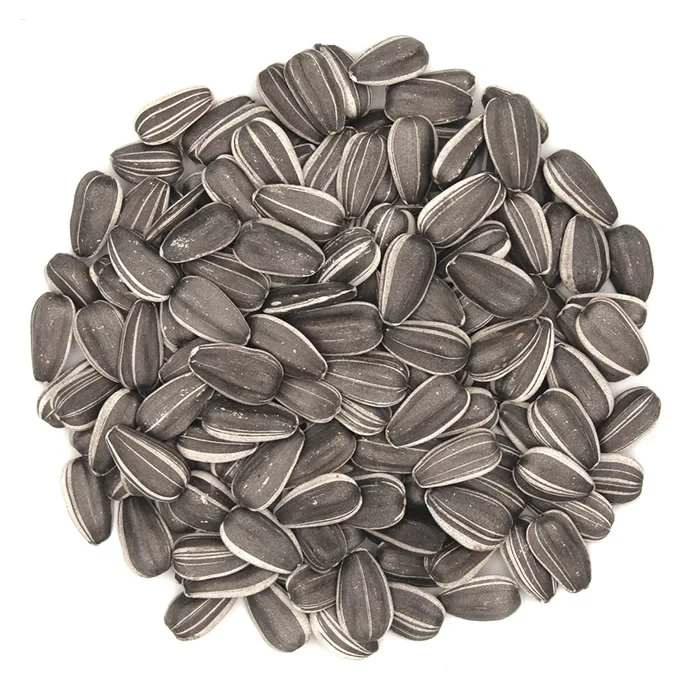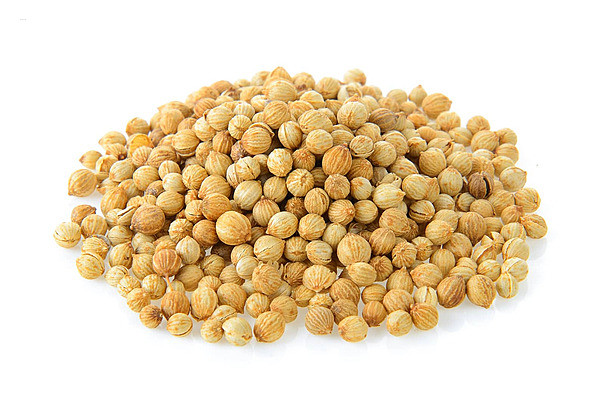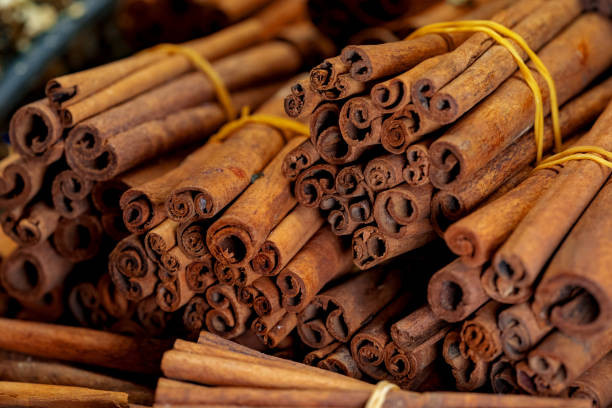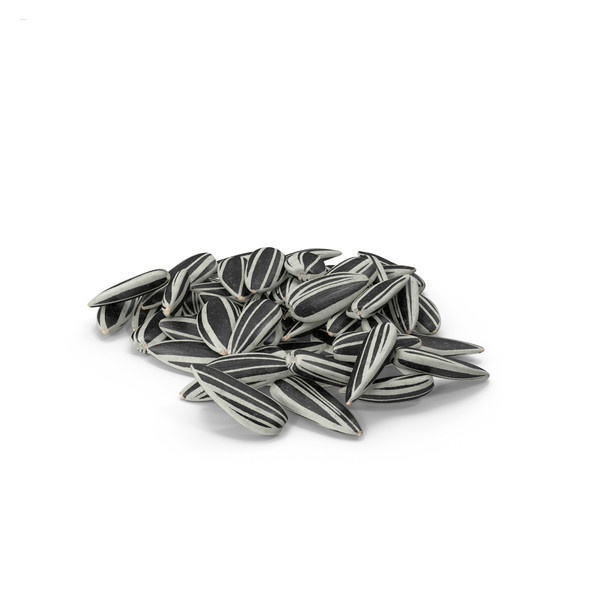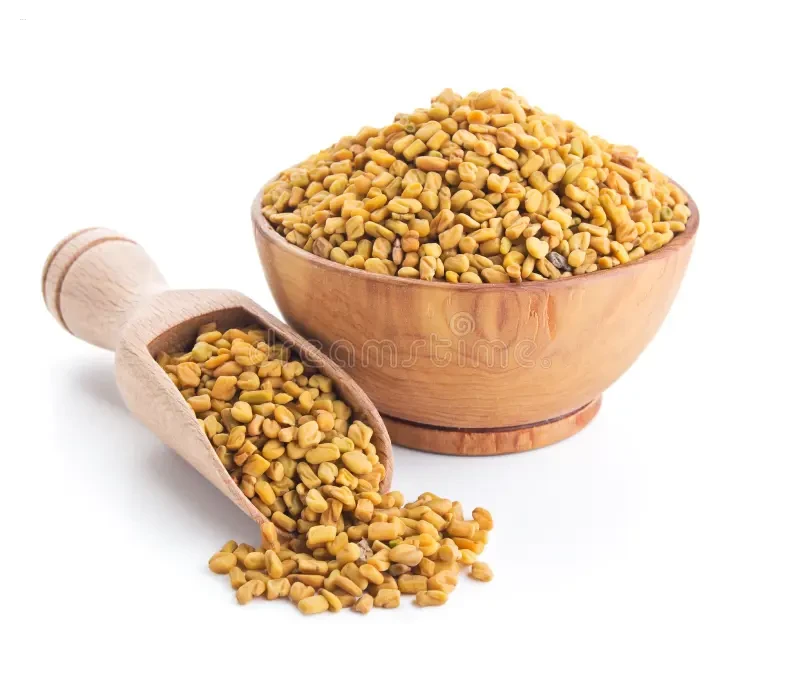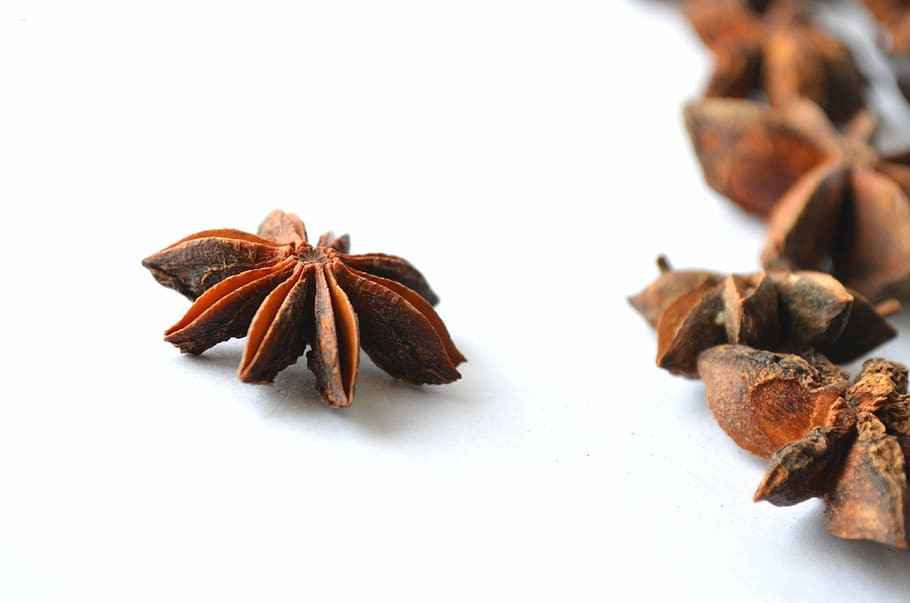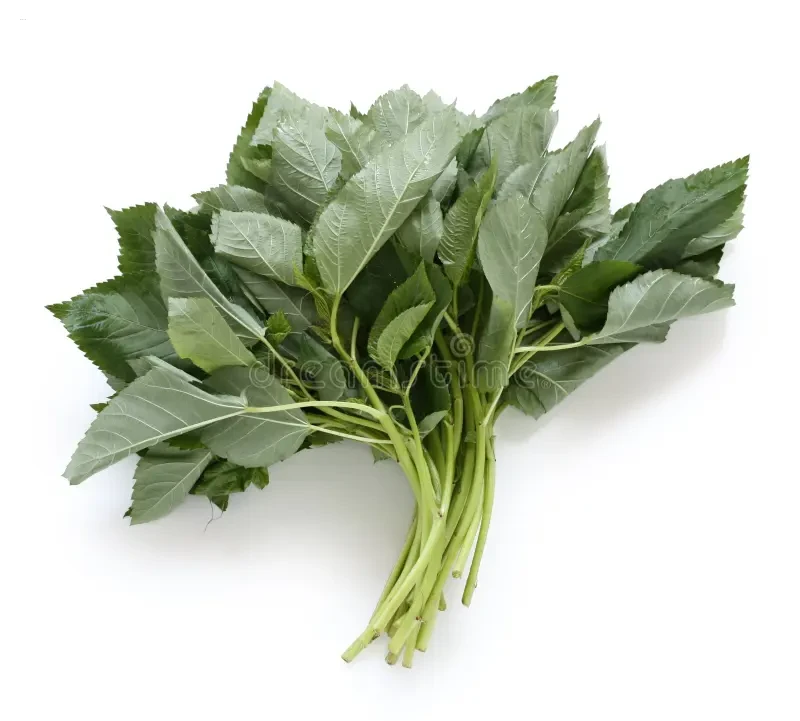

Jute Mallow
Inhouse product
-
৳3.30
-
৳3.30
Reviews & Ratings
Embrace the Nutritional Power of Jute Mallow
Jute Mallow (Corchorus olitorius), also known as Ewedu in some regions, is a highly nutritious leafy green popular in African, Asian, and Middle Eastern cuisines. These tender, vibrant leaves are packed with vitamins and minerals, making them a valuable addition to your diet. Whether cooked in soups, stews, or used in salads, jute mallow adds a unique richness to dishes. As an easy-to-grow plant, jute mallow thrives in warm climates and is perfect for any garden or urban farm.
Health Benefits of Jute Mallow
This leafy green offers a range of health benefits:
- Rich in Vitamins: Jute mallow is loaded with Vitamin A, Vitamin C, and folate. These nutrients are essential for immune function, skin health, and cell repair.
- High in Fiber: The plant’s high fiber content helps improve digestion and prevent constipation.
- Boosts Bone Health: It contains calcium and phosphorus, which are important for maintaining strong bones and teeth.
- Promotes Hydration: Jute mallow is rich in water content, helping to keep the body hydrated.
- Supports Eye Health: The Vitamin A in this leafy green promotes good vision and prevents eye-related issues.
- Anti-inflammatory: Jute mallow has anti-inflammatory properties that may help alleviate swelling and pain.
Growing Jute Mallow
- Ideal Conditions: Jute mallow thrives in warm, tropical climates with temperatures between 70°F and 90°F. It grows best in well-drained, fertile soil with a pH between 6.0 and 7.5.
- Planting: Sow seeds directly into the soil, planting them about 1 inch deep and spacing them 12-18 inches apart.
- Watering: This plant requires consistent moisture. Avoid waterlogging the soil by watering regularly to keep it evenly moist.
- Fertilization: Use organic compost to promote healthy growth. Alternatively, use a balanced fertilizer to ensure ample nutrients.
- Pest Management: Jute mallows can be susceptible to pests such as aphids and caterpillars. Organic pest control methods like neem oil can manage these issues effectively.
Harvesting and Storing Jute Mallows
Jute mallows is typically ready for harvesting 6-8 weeks after planting. Harvest the young, tender leaves for the best flavor and texture. To preserve, store the leaves in the refrigerator for up to three days. Alternatively, dry or freeze the leaves for longer storage.
Culinary Uses
- Soups and Stews: Jute mallows often used in soups or stews, where its slimy texture adds a rich, silky consistency to the broth.
- Traditional Dishes: In African and Middle Eastern cooking, it's used to make dishes like Ewedu soup or molokhia.
- Stir-fries: Sauté the leaves with garlic, onions, and spices for a quick and flavorful side dish.
- Salads: Add fresh jute mallows to salads for a crunchy texture and nutritional boost.
- Wraps and Fillings: Use the leaves as wraps or fillings for savory dishes.
Cooking Tip
To minimize the slimy texture, blanch the leaves before cooking. This will reduce some of the mucilage while maintaining the flavor and nutrition.
Frequently Bought Products
Product Queries (0)
Login Or Registerto submit your questions to seller
Other Questions
No none asked to seller yet
-
৳3.30
-
৳3.30
eBagan
All rights reserved
